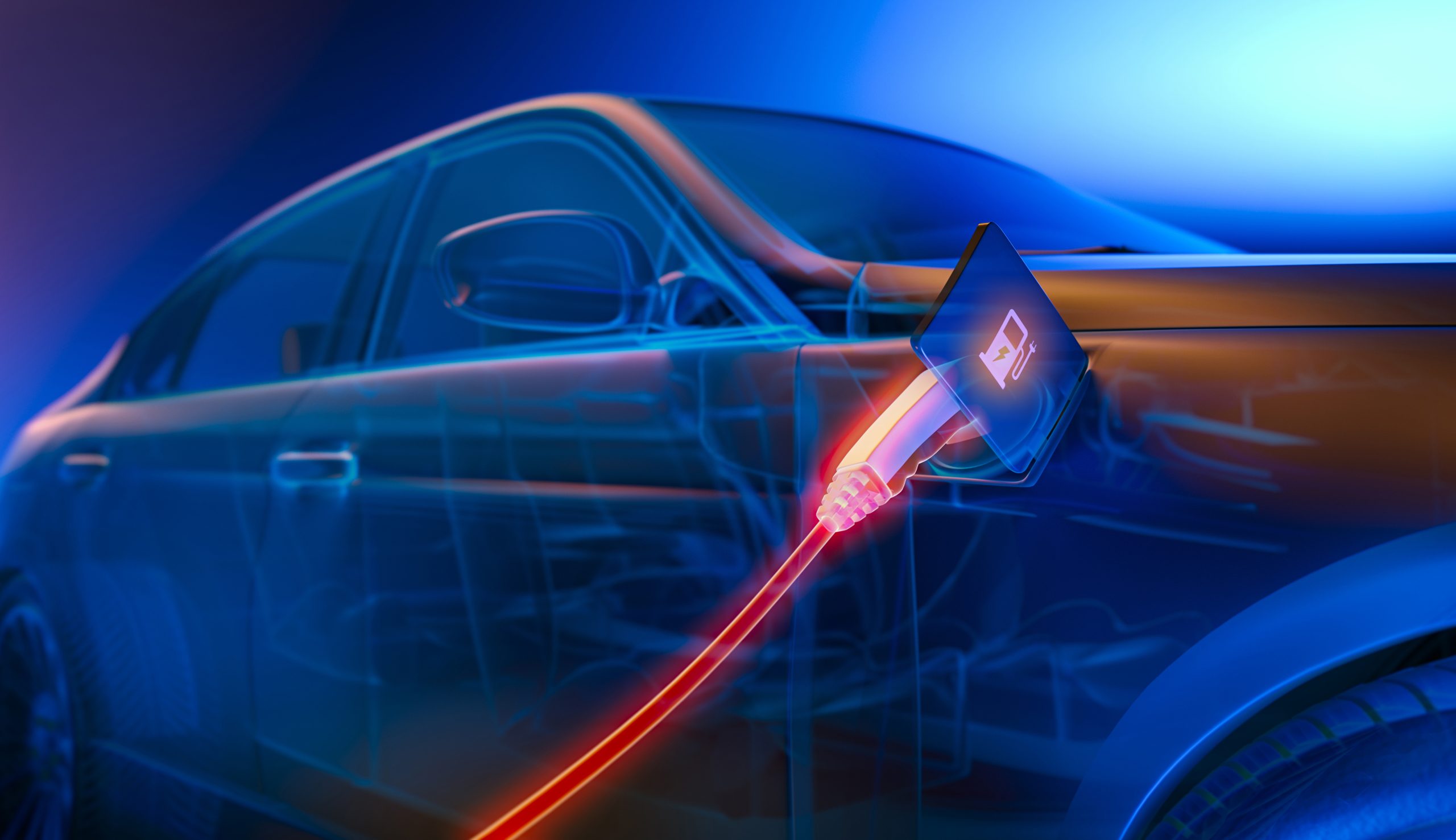From the 2019 Nobel Prize in Chemistry to Today: What’s Next for Li-ion Batteries?
Morgan Ulrich | Chris Stumpf
January 23, 2022

A Brief Lithium-Ion Battery History
Due to the significance of lithium-ion battery technology, the 2019 Nobel Prize in Chemistry was awarded to scientists John B. Goodenough, M. Stanley Whittingham and Akira Yoshino for the development of the lithium-ion battery. Each scientist contributed discoveries that advanced lithium-ion batteries until they became the widely used form we know today. They began with the lithium element (atomic number of 3), which has an unpaired electron that it tends to lose and become a positively charged ion. This tendency to lose an electron offers great potential for battery applications and enables power to flow through a battery cell from the anode to the cathode. Lithium ions’ high energy density is also ideal for small, portable devices such as cell phones and laptops. Finally, lithium ions will easily move back towards the anode during charge to facilitate recharging. The laureates successfully leveraged the advantages of lithium ions and pioneered solutions to harness their power while controlling the material’s volatility.
Wittingam first completed a prototype of our modern lithium-ion battery in the mid-1970s when he discovered titanium disulfide as a cathode. Wittingham’s battery offered an impressive 2 volts but was prone to spontaneously catching fire. In the 1980s, Goodenough replaced titanium disulfide with lithium cobalt oxide to double the battery’s capability to 4 volts, although flammability issues persisted. Later in the ‘80s, Yoshino replaced the lithium metal anode with petroleum coke, which maintained high voltage while making the battery much safer.
The resulting lithium-ion battery from their discoveries is lightweight, rechargeable, and very powerful. Their battery made our world of mobile electronics and electric cars and bikes possible. Of course, as the Nobel committee members note, scientific progress is never finished. Researchers continue to improve Li-ion battery technology, and other batteries may soon join Li-ion batteries in our shift toward rechargeable, renewable energy.
New Demands on Lithium-Ion Batteries
Today’s battery developers are still tasked with balancing safety and power like the three Li-ion battery inventors mentioned above. However, other factors have moved into focus as a result of how we use batteries.
Consumer electronics producers are most concerned with lithium-ion batteries’ energy density, or how much energy they can store in a lightweight form. Cell phone and laptop manufacturers are constantly looking for battery upgrades that can hold more charge while continuing to make lightweight portable products. They also emphasize battery runtime so consumers can use devices for longer on a single charge.
Electric vehicles value runtime above all else – if an electric car needs to be charged more frequently than its fuel counterpart needs gas, then it is not an attractive investment for consumers. Furthermore, electric buses, cargo trucks, and aviation require even longer runtimes. Electric transportation also requires robust cycle life so their lithium-ion batteries can be recharged thousands of times before degrading and losing capacity.
Lithium-ion batteries are increasingly being used to support green energy storage. In this capacity, Li-ion batteries need to have high cycle life to maximize their impact. These batteries do not need to be portable since they will stay in place near energy generation and do not need long runtimes since they will be frequently recharged by wind and solar power.
In all application areas, lithium-ion batteries need to be safe. Whether they are in a warehouse storing energy from wind turbines or powering your electric vehicle, they cannot endanger our environment or users with high flammability.
Optimizing Innovative Lithium-Ion Battery Designs
Lithium-ion battery scientists have a growing list of demands to meet, and simply repeating past successes will not make the cut. New batteries need to exceed previous capabilities while improving performance and safety.
The biggest threat to lithium-ion battery safety is heat. Overheating battery components, whether from high environmental temperature or internal electrochemical reactions, can lead to thermal runaway reactions and cause catastrophic failure or combustion. Therefore, battery researchers turn to thermal analysis to measure battery performance under a wide range of temperatures. Data from thermal analysis empowers informed material selection, design, or additive modification for the safest configuration.
Other popular material analysis instruments for lithium-ion batteries include rheometers and microcalorimeters. Rheology is the study of the flow and deformation of materials. Rheometers help scientists create slurries and electrode coatings with ideal viscosities for optimal storage, mixing, coating and drying. Microcalorimetry measures the smallest heat generated during an electrochemical or physicochemical process. Microcalorimeters help battery developers optimize heat management, structural evolutions, and the isolation of heat from parasitic reactions.
Visit TA Instruments’ batteries page to learn more about these analysis techniques and how they advance battery research. Please contact us with any questions about battery analysis and how these instruments can support your research – our experts are here to help!
Other Resources
- Webinar – Improving Li-ion Battery Technology through Advanced Material Analysis
- Webinar – Unlock a New Dimension in your Battery Research Through Isothermal Microcalorimetry
- Webinar – Applications for Isothermal Heat Flow Calorimetry – Lithium Ion Battery Chemistry
- Webinar – Enhanced Understanding of Lithium ion Battery Chemistry Through Isothermal Calorimetry
- Application Note – Investigations into Dry Cell Battery Discharge Rates Using TAM Air
- Application Note – The Impact of Electrolyte Additives in Lithium-ion Batteries Determined Using Isothermal Microcalorimetry
- Application Note – Microcalorimetry for studying the electrolyte stability of lithium/manganese dioxide batteries







